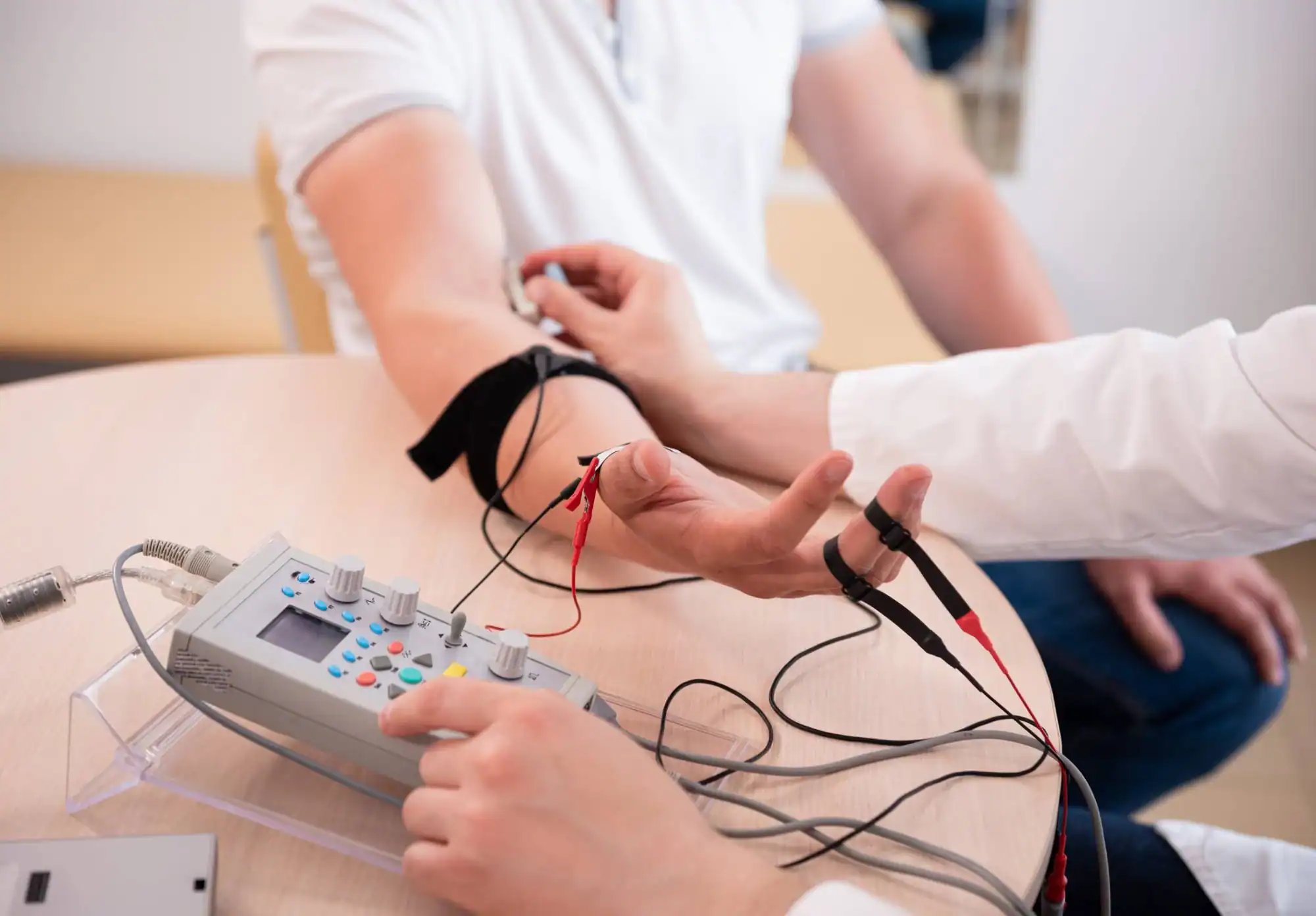Advanced electromyography testing that pinpoints exactly what’s causing your numbness, weakness, or tingling.
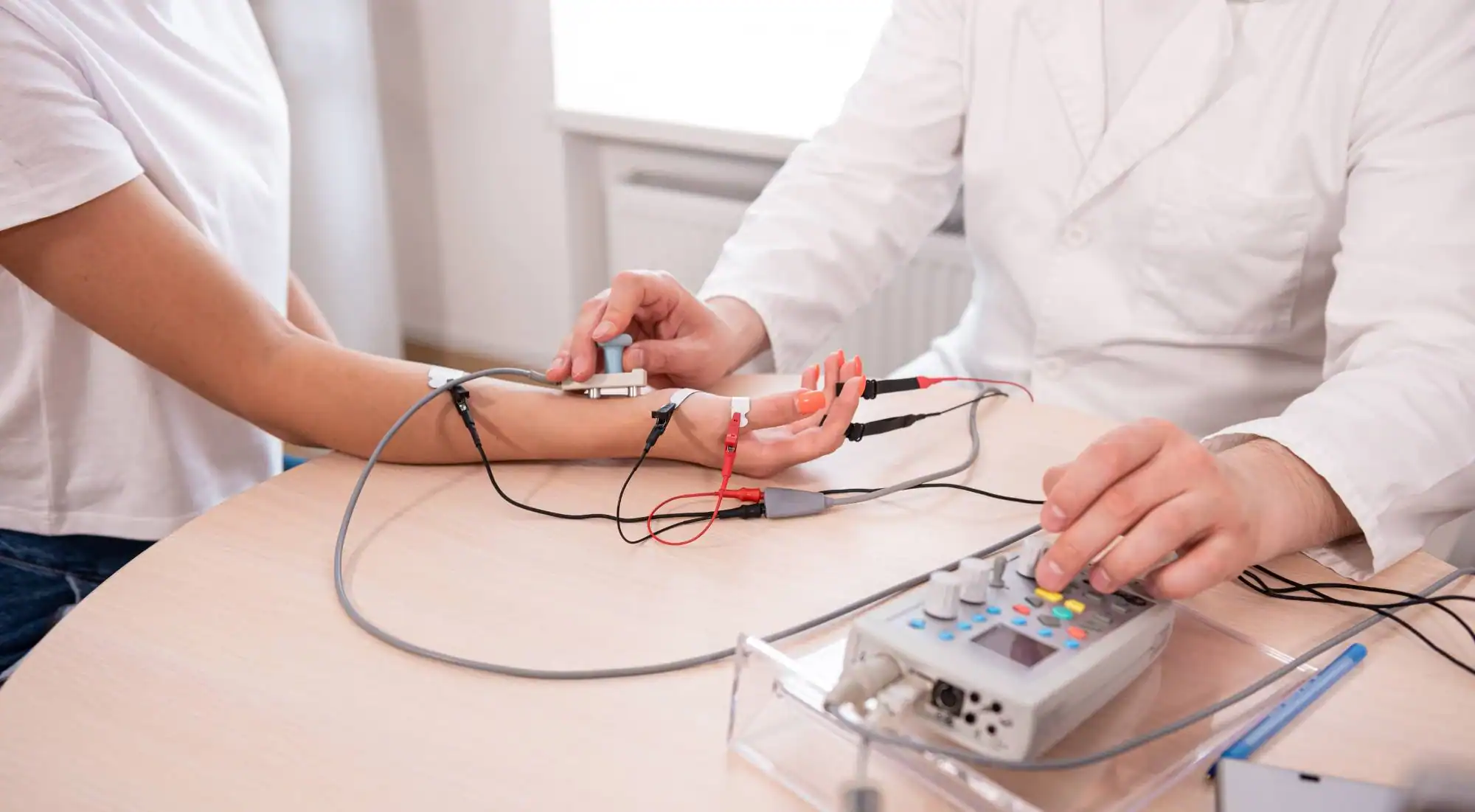
Reviews
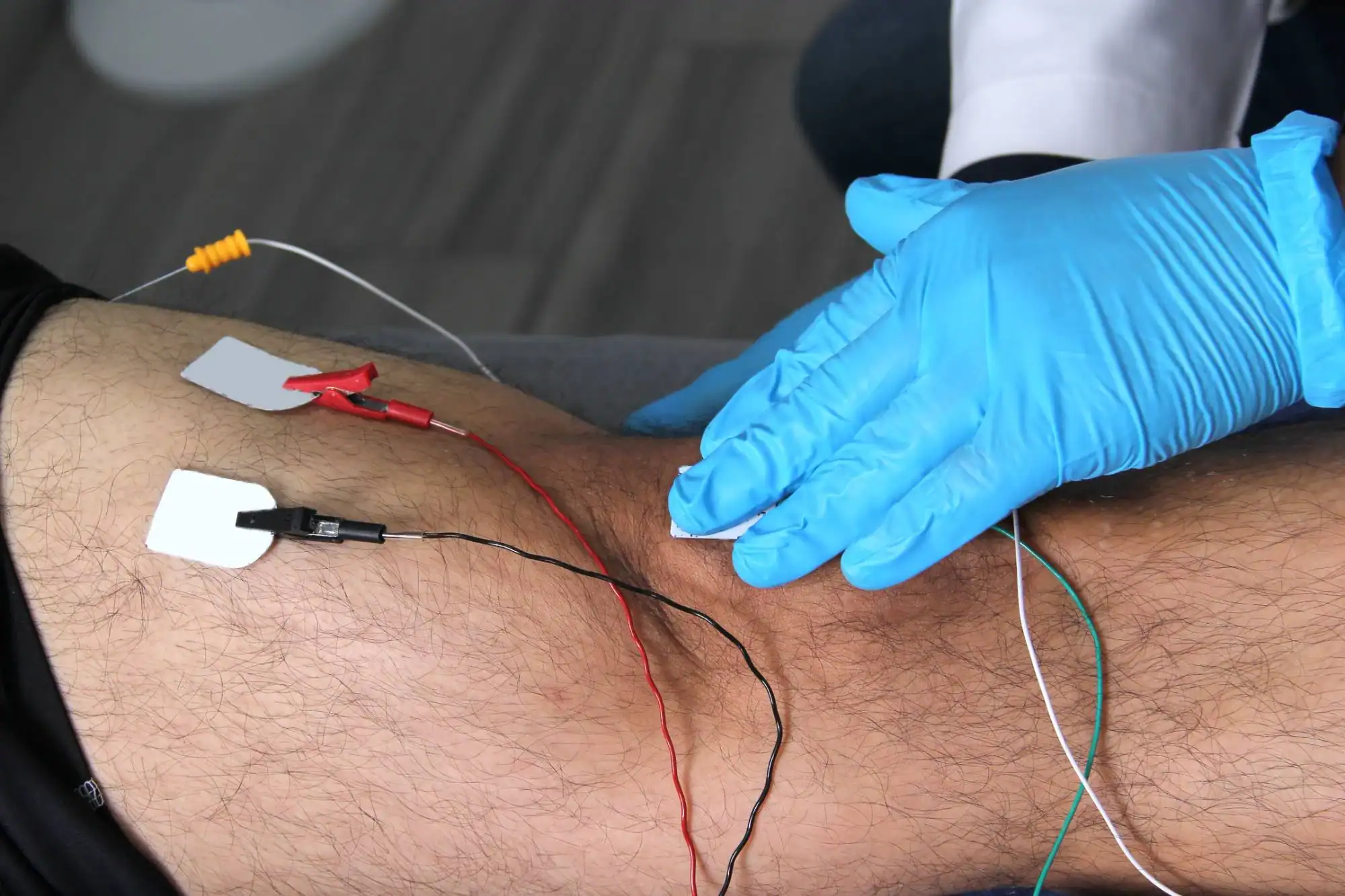
You’ve been dealing with unexplained symptoms long enough. That numbness in your hands, the shooting pain down your leg, or the muscle weakness that’s making simple tasks difficult – you need real answers, not more guessing.
EMG testing and nerve conduction studies give you those answers. These diagnostic tests measure how well your nerves and muscles are functioning, pinpointing exactly where problems exist and how severe they are.
When you know what you’re dealing with, you can start fixing it. No more wondering if your symptoms are “all in your head” or if they’ll get worse. You get a clear diagnosis and a path forward that actually addresses the root cause of your discomfort.
We’ve been serving patients throughout Hackensack and Bergen County with specialized diagnostic testing for nerve and muscle disorders. Our team focuses specifically on spine-related conditions and neuromuscular issues that affect your daily life.
We use advanced EMG and nerve conduction testing equipment operated by specialists who understand exactly what to look for. This isn’t a general practice trying to do everything – we concentrate on getting accurate diagnoses for the conditions we see most often.
You’re not just getting a test here. You’re getting expertise from doctors who have performed thousands of these procedures and know how to interpret results in the context of your specific symptoms and medical history.
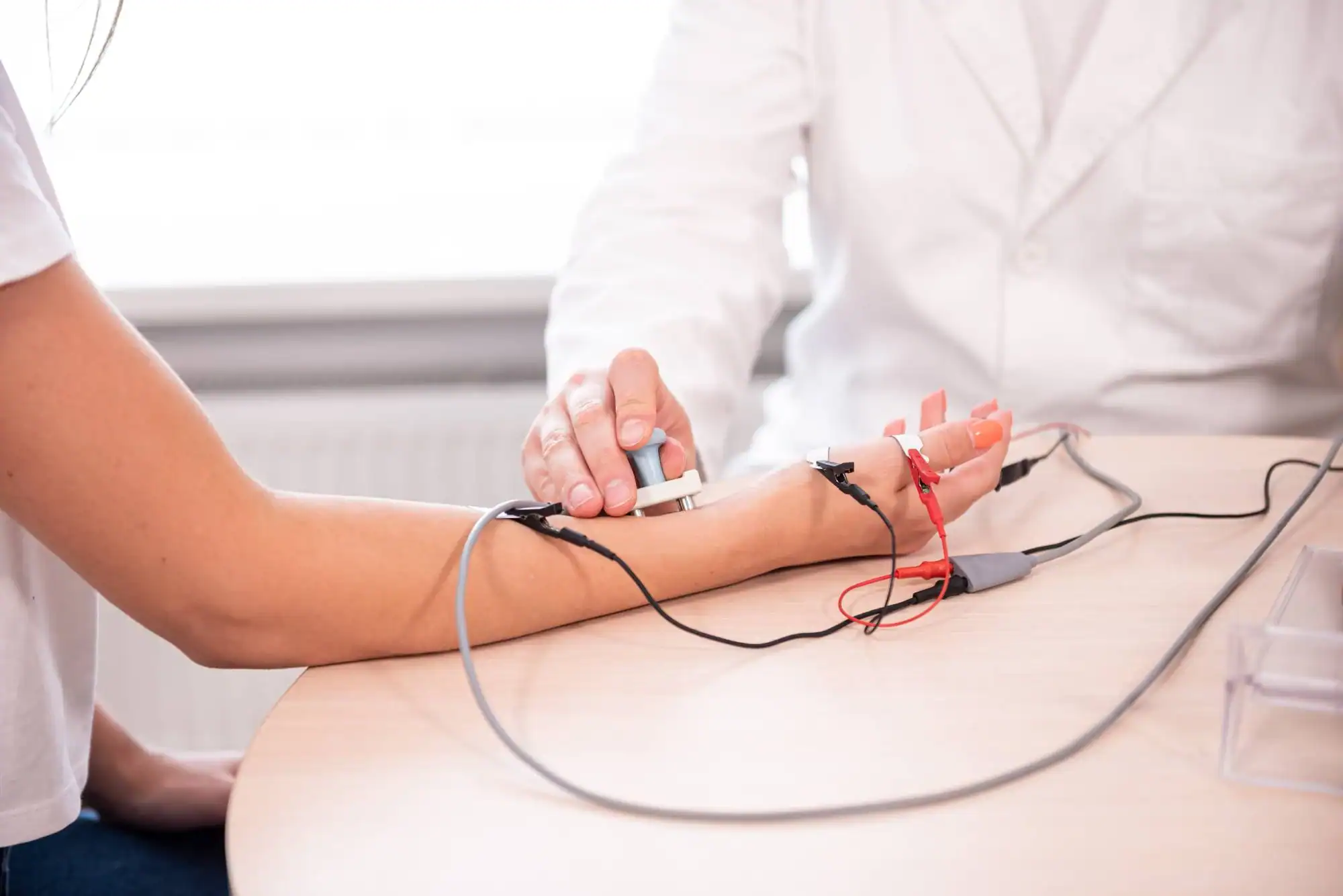
Our EMG testing process starts with a consultation about your symptoms and medical history. We explain exactly what we’ll be testing and why, so you know what to expect.
During nerve conduction studies, we place small electrodes on your skin to measure how electrical signals travel through your nerves. For the EMG portion, we insert a thin needle electrode into specific muscles to record their electrical activity. The needle insertion feels similar to getting blood drawn.
Most testing sessions take 30-60 minutes depending on which nerves and muscles need evaluation. You’ll get your results the same day, along with a clear explanation of what they mean and recommendations for next steps. We coordinate with your referring doctor to ensure your treatment plan addresses exactly what the testing revealed.
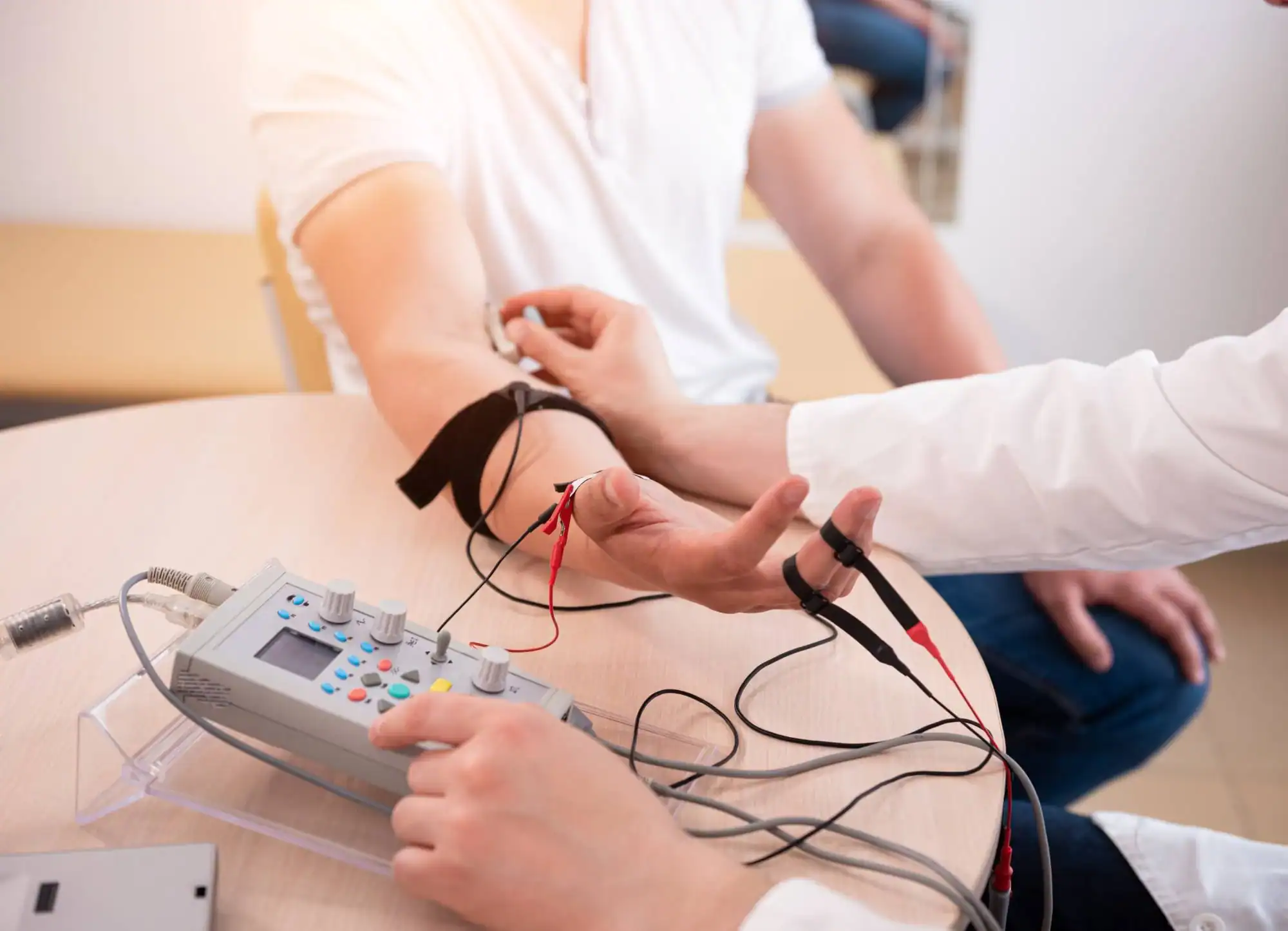
Ready to get started?
Your EMG testing includes both nerve conduction studies and electromyography to give a complete picture of your neuromuscular function. We test motor nerves that control muscle movement, sensory nerves that handle feeling and sensation, and muscle response patterns.
This comprehensive approach means we can diagnose conditions like carpal tunnel syndrome, sciatica, peripheral neuropathy, radiculopathy, and various muscle disorders in a single visit. We also evaluate how these conditions might be related to spine problems or other underlying issues.
The testing covers all relevant nerve pathways and muscle groups related to your symptoms. You’re not getting a limited screening – you’re getting thorough diagnostic work that gives your treatment team everything they need to help you recover.
